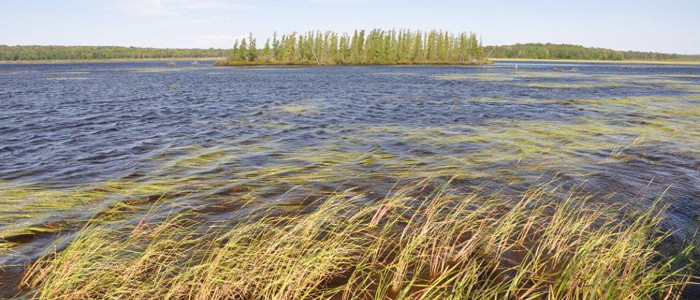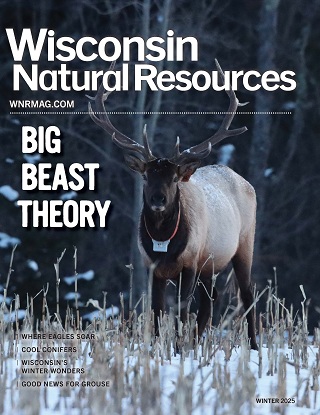Contact: Jason Fleener, wetland habitat specialist
Jason.Fleener@wisconsin.gov or 608-220-9023
Some Good Signs For Wild Rice In 2020
 Wild rice harvesting, or “ricing,” is an excellent way to put nutritious, delicious, natural foods on the table while enjoying the outdoors.
Photo credit: Wisconsin DNR
Wild rice harvesting, or “ricing,” is an excellent way to put nutritious, delicious, natural foods on the table while enjoying the outdoors.
Photo credit: Wisconsin DNR
MADISON, Wis. – As harvesters begin picking wild rice on the few waters with early maturing wild rice, Wisconsinites can look forward to a season consistent with recent years in northern Wisconsin.
Because of prolonged periods of high water over the last decade, many historic wild rice lakes in Oneida and Vilas counties continue to suffer below-average or failed rice crops. Moving westward, the rice outlook improves across northern Wisconsin. Thanks to lower water levels, many lakes in northeast Minnesota are experiencing bumper crops.
“Harvesters can generally expect wild rice crops similar to last year’s harvest across northern Wisconsin,” said Jason Fleener, DNR wetland habitat specialist. “While most known wild rice waters across northern Wisconsin are producing less grain than their long-term average, many of the larger and more popular wild rice lakes and flowages are producing quite well this year.”
A helpful resource for harvesters is the Great Lakes Indian Fish and Wildlife Commission’s (GLIFWC) Off-Reservation Wild Rice Harvest Regulations webpage. This page does not contain a comprehensive list of the more than 300 wild rice waters of Wisconsin, but it features reports on commonly harvested waters and all date-regulated waters. As the season progresses, lake opening dates will be posted on the GLIFWC page regularly as they are determined. Openings for date-regulated lakes will also be posted at commonly used boat landings at least 24 hours before they open for harvest. Opening harvest dates for date-regulated waters are determined jointly by DNR and tribal officials.
Wild rice harvesting, or “ricing,” is an excellent way to put nutritious, delicious, natural foods on the table while enjoying the outdoors. Unlike cultivated or “paddy” wild rice, natural wild rice grains have greater variation in coloration and are lighter than the black-grained cultivated wild rice often sold in stores. Natural wild rice is often considered a delicacy by professional chefs.
Wild rice maturity ranges from mid-August through September across the state and differs by water body and rice beds within them.
DNR officials stress the importance of waiting to harvest until rice falls with relatively little force while “flailing” or “knocking” wild rice with ricing sticks. If most of the rice appears to be milky or still growing inside the hull, it is best to come back and try harvesting at least a few days later. Kernels toward the top of the seed head tend to mature and fall first. Premature harvest attempts can inhibit the maturation of the rice kernels. Harvesters can also do damage to maturing rice if stems are kinked or if entire seed heads are knocked off with too much force from the ricing sticks. This not only affects harvest opportunities for other rice harvesters but can also have long-term effects on the sustainability of rice beds.
For more information on harvesting wild rice and to review harvest regulations, visit the DNR website.

